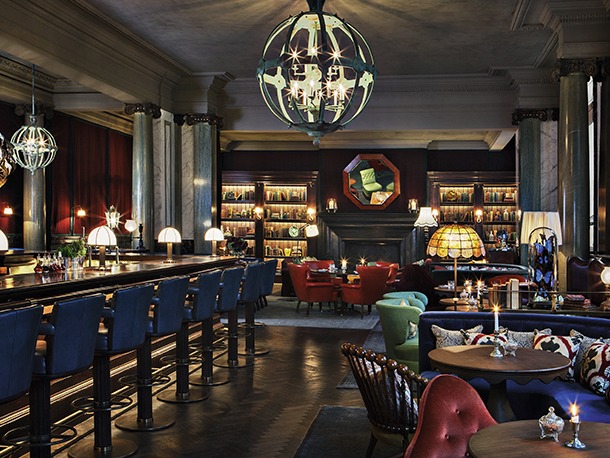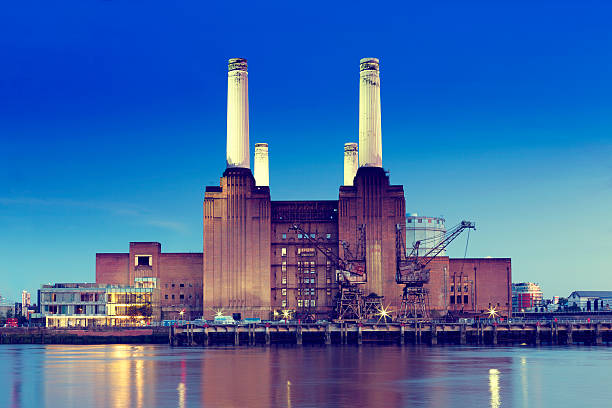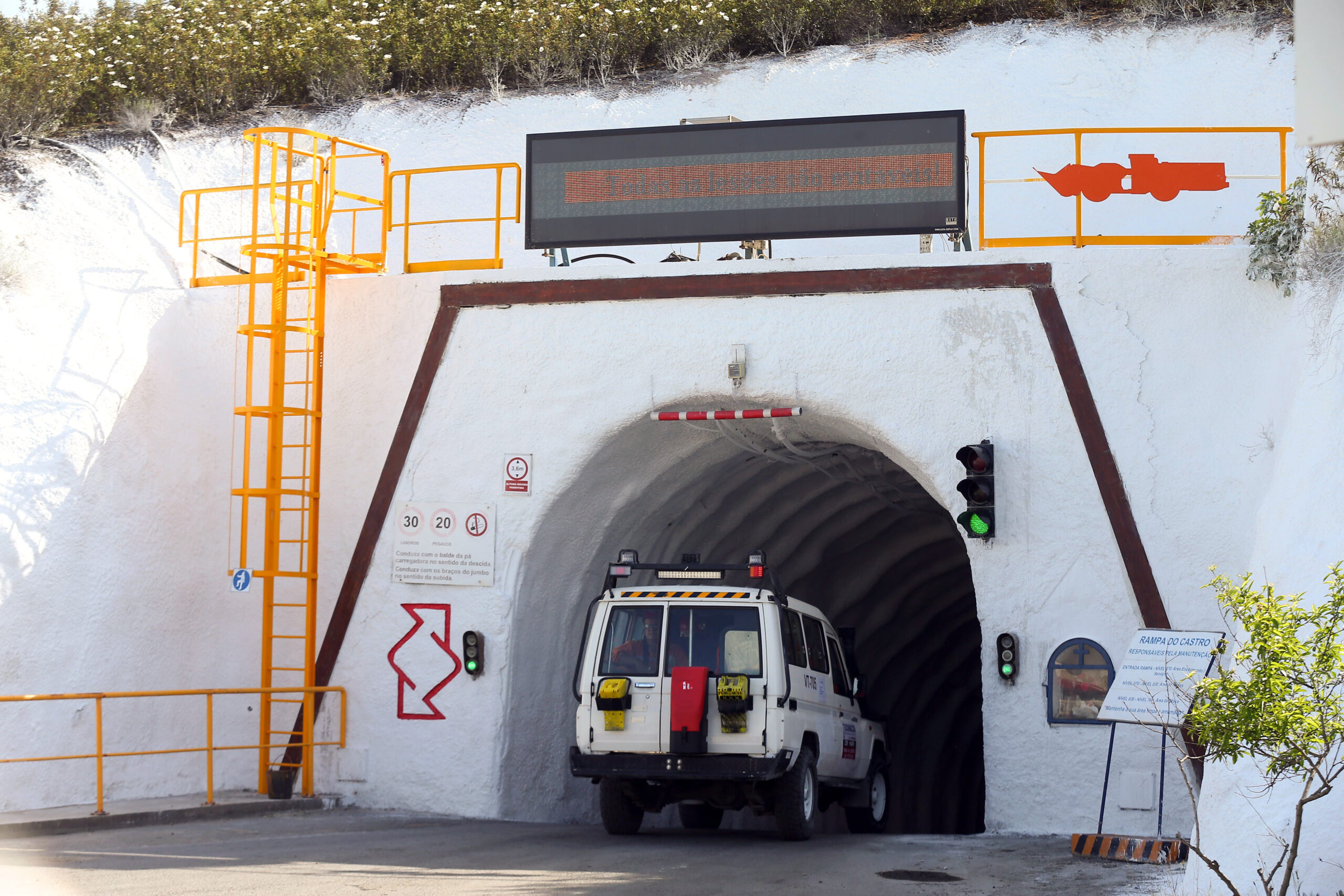
Dublin Port Company has unveiled its masterplan for the next 30 years, which includes the construction of a new cruise facility to accommodate over 135,000 passengers and almost 90 cruise liners each season.
The masterplan sets out the framework for the long-term development of Ireland’s largest port. Implementing the plan will cost in excess of €600 millionover the next 30 years, with the Dublin Port Company already committing to investing €110 million over the first five years of the masterplan period.
The launch of the masterplan follows a year-long consultation with business, community, industry and government stakeholders. Central to the plan is ensuring the port’s capacity to effectively service Ireland’s future import and export trading needs, the company said.
Implementation of the masterplan will mean that the port will be capable of handling 60 million tonnes of goods by 2040—doubling its current throughput based on assumed growth of 2.5 per cent per annum.
One of the first projects will be the construction of a dedicated car storage compound on a site between East Wall Road and the Dublin Port Tunnel, designed to free up valuable quay-side space for port activity.
The company also plans to construct a new cruise facility adjacent to the east of the East Link Bridge to accommodate over 135,000 passengers and almost 90 cruise liners each season. To develop the concept, Dublin Port Company has formed Cruise Dublin, a joint initiative with Dublin City Council and Dublin Chamber of Commerce, aimed at growing cruise tourism trade in Dublin.
Cruise Dublin will now undertake a study of the needs of the cruise industry and learn how a suitable cruise terminal could be provided in Dublin. The estimated cost of the development is €30 million. The study will be concluded later this year with a view to having a cruise terminal in place by 2015.
Commenting, minister for Transport, Tourism and Sport Leo Varadkar said: “This is a comprehensive plan for the long-term development of Dublin Port on its current site. As Ireland’s most important port, Dublin Port is a vital part of our national infrastructure. It has a significant role to play in growing exports, growing jobs, and also in growing tourism, with 87 cruise ships calling last year. This masterplan follows a detailed consultation process and will ensure that Dublin Port continues to make a real contribution to the local economy, and to our export-led recovery.”
Lucy McCaffrey, chairperson of Dublin Port Company, said: “While the impetus for producing this masterplan has been to provide Dublin Port Company and all its stakeholders with a clear view as to how Dublin Port will develop over the next 30 years, we have endeavoured to strike a balance between the economic needs of the city and improving the aesthetics of the port and better integrating it with the city.
“We look forward to embarking on a range of initiatives to bring this commitment and the masterplan to life in local communities. Our plan also envisages the development of a visitor centre which will show Dubliners the history of the port and provide an insight into its workings in an innovative and interactive way.”
Eamonn O’Reilly, chief executive of Dublin Port Company, said: “This is an exciting time in the development of Dublin Port. For the past year we’ve consulted extensively to get to the position today where we can unveil our masterplan for the development of Dublin Port over the next 30 years. The projects identified under this plan will be advanced in stages based on capacity, economic demand and our ability to finance them.
“The fact that we’re committing to a €110 million investment programme over the next five years shows our intent to implement the masterplan. It is worth noting also that under the masterplan, Dublin Port Company has committed to continuing to develop Dublin Port within its current footprint to the maximum extent possible before considering projects involving major land reclamation. Any projects from the masterplan will be subject to the existing planning processes.”













